
You have been collecting art for more than 30 years and you share this passion with your wife Catriona. How did it start and what was the first artwork you bought?
Simon Mordant: I grew up in London and didn’t have an artistic upbringing. I bought my first picture when I was a teenager at a Royal Academy Summer Show in London; from memory, it cost me my weekly wage at the time. I recollect writing to the artist to ask about the work, the artist replying and that the letter of response was attached to the back of the frame of the picture. There began my engagement and something I have always followed: seeking to get to know the artist where possible. Subsequently, early purchases included an Alma Tadema drawing and some etchings by the artist. When I emigrated to Australia, aged 23, I brought all those works with me. Indeed, that first picture sits behind my desk in my office at home today. Catriona on the other hand grew up in a theatrical environment and was engaged with the arts from an early age and when we met and married, all in the space of 6 weeks, we had a common passion for the arts.
When you talk about your passion for the arts, you mention that you admire talent in all art forms. How would you define talent? When you buy an art piece, what are you looking at?

Catriona and I are passionate about the arts, both the visual and the performing arts. Neither of us is artistic ourselves but we love creativity and excellence and love to be with creative people. When we buy an artwork we are buying something we love. Often we know nothing about the artist at the time, sometimes it may be the artist’s first show, but it doesn’t matter. What we are looking for is something we love and can live with. We have only once sold a picture and I still regret it, even though we only sold it to buy another work by the same artist.
Your collection includes works by Shaun Gladwell, Rosalie Gascoigne, Tracey Moffatt, Lindi Lee, John Young, Jenny Watson, Dale Frank, Bill Henson, Destiny Deacon and Janet Laurence, all Australian artists. Why did you decide to collect Australian; apart from the fact that you are Australian, what are the factors that influenced your selection?
When I emigrated in the early 1980’s to Australia, I started to engage with Australian art and learn about it. It was quite a natural decision for me to begin buying Australian art, and when my wife and I got married in 1988, we continued to buy together. We met many of the artists and many became friends with them, however the only thing that influenced what we bought was what we loved. As we started to travel, we became exposed to international art both in commercial galleries and at the Venice Biennale. Our horizons expanded, though we continue to buy much Australian art. There are a number of Australian artists that we have supported for over 20 years with significant numbers of works in our collection by each.

Your collection also comprises works by international contemporary artists such as Tracey Emin, Yinka Shonibare, Yoko Ono, Bill Viola, Antony Gormley, Willam Kentridge, Wim Delvoye, Callum Innes, Fiona Tan, Jeremy Deller and John McCracken. How do these works dialogue with your Australian collection? How would you describe the nature of your collection?
As mentioned earlier, we began to collect international art once we started travelling extensively. We do the same, we only buy things we love and can live with. We don’t see our collection as a curated collection or as a collection from a geographic area. We simply collect wonderful works from all over the world by amazingly talented creative people.

You were mentioning in an article that even though many artists have become your friends, you keep buying through galleries. What do you think the role of a gallery is today?
We are very clear that the commercial galleries are a key part of the arts ecology – the artists being, of course, central. Commercial galleries enable artists to find a voice, expose them to an audience and develop a livelihood. Without the commercial galleries there wouldn’t be a vibrant arts community. For this reason, we have always supported the commercial galleries and, along with many artists, the gallerists have become good friends. Commercial galleries also are a great help to Institutions when artists’ shows are being prepared as they are able to source material from collectors.
You and your wife are well regarded as art philanthropists, sitting on numerous art institutions boards such as the Museum of Contemporary Art of Australia, Opera Australia, Queensland Ballet, the Australian Broadcasting Corporation and internationally on the International Council’s of Museum of Modern Art New York, Tate in London and New Museum in New York. How would you describe your engagement in the arts?
The arts are central to our lives, and these roles we have both locally and internationally are extremely stimulating. Experiences gained in one place may be useful in another. The arts are a global community and we have really enjoyed learning and meeting new people and developing great friendships. People often ask how we find time for all this. We have never thought about that. You find that when you love something time isn’t ever contemplated.
Works from your collection are frequently loaned to institutions. How important is it to you to make your collection visible?
We feel we are temporary custodians for the works we have bought and feel it is essential that others can see them. For that reason, we constantly lend works locally and internationally and invite Museum groups from around the world to visit if they wish. Every year we also ask the local high school art students and their teachers to visit us at home. Here they can see some of the works they are studying in a residential environment and discuss how we live with art.

You often mention that you made your way with nothing and you would want your son to inherit this philosophy. Can you tell us about the future plans for your collection?
We don’t believe in significant inheritance and have seen how the prospect of it has destroyed many people. Coupled with our view that we are temporary custodians and that we have only ever sold one artwork, several years ago we started a process to gift works to public institutions.
We have given major works to the Art Gallery of New South Wales, the Museum of Contemporary Art Australia, Art Gallery of South Australia and Newcastle Regional Art Gallery. We will continue this process. We have no plans to create our own Museum!




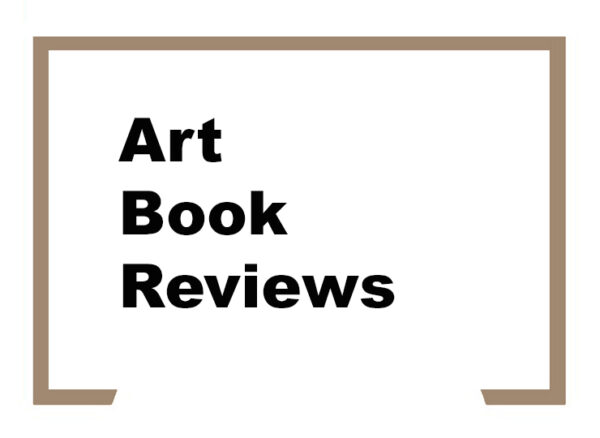
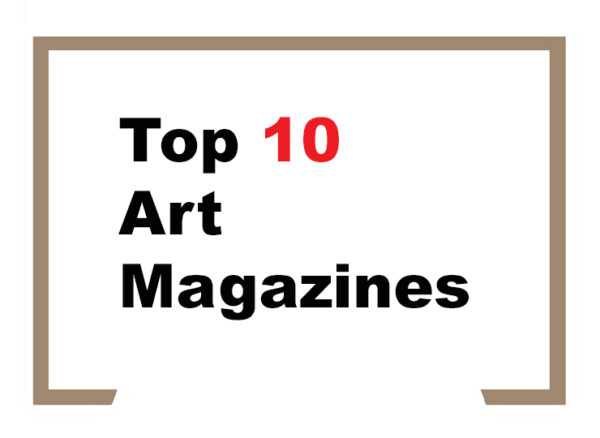
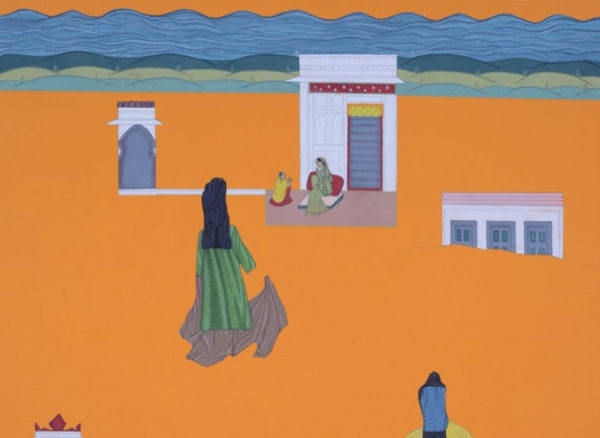
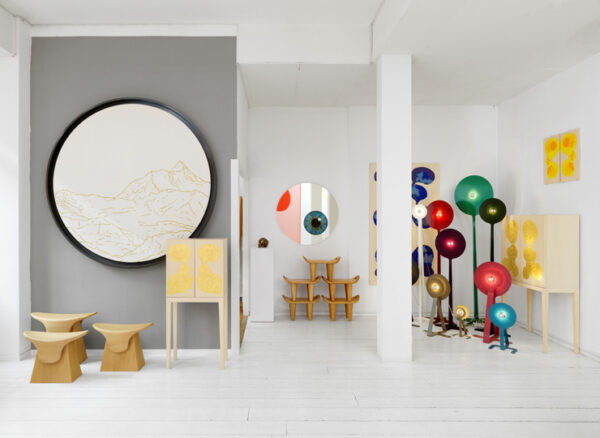
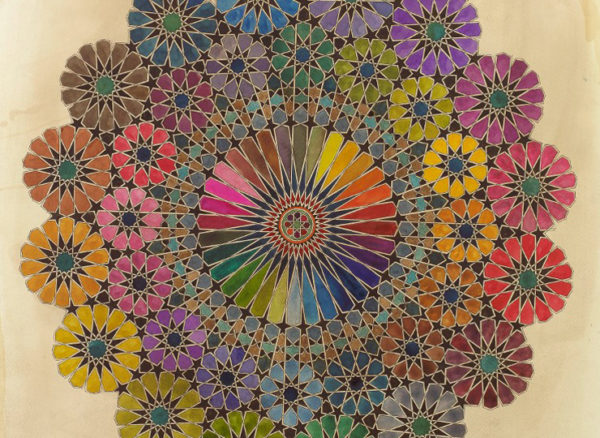

Comments